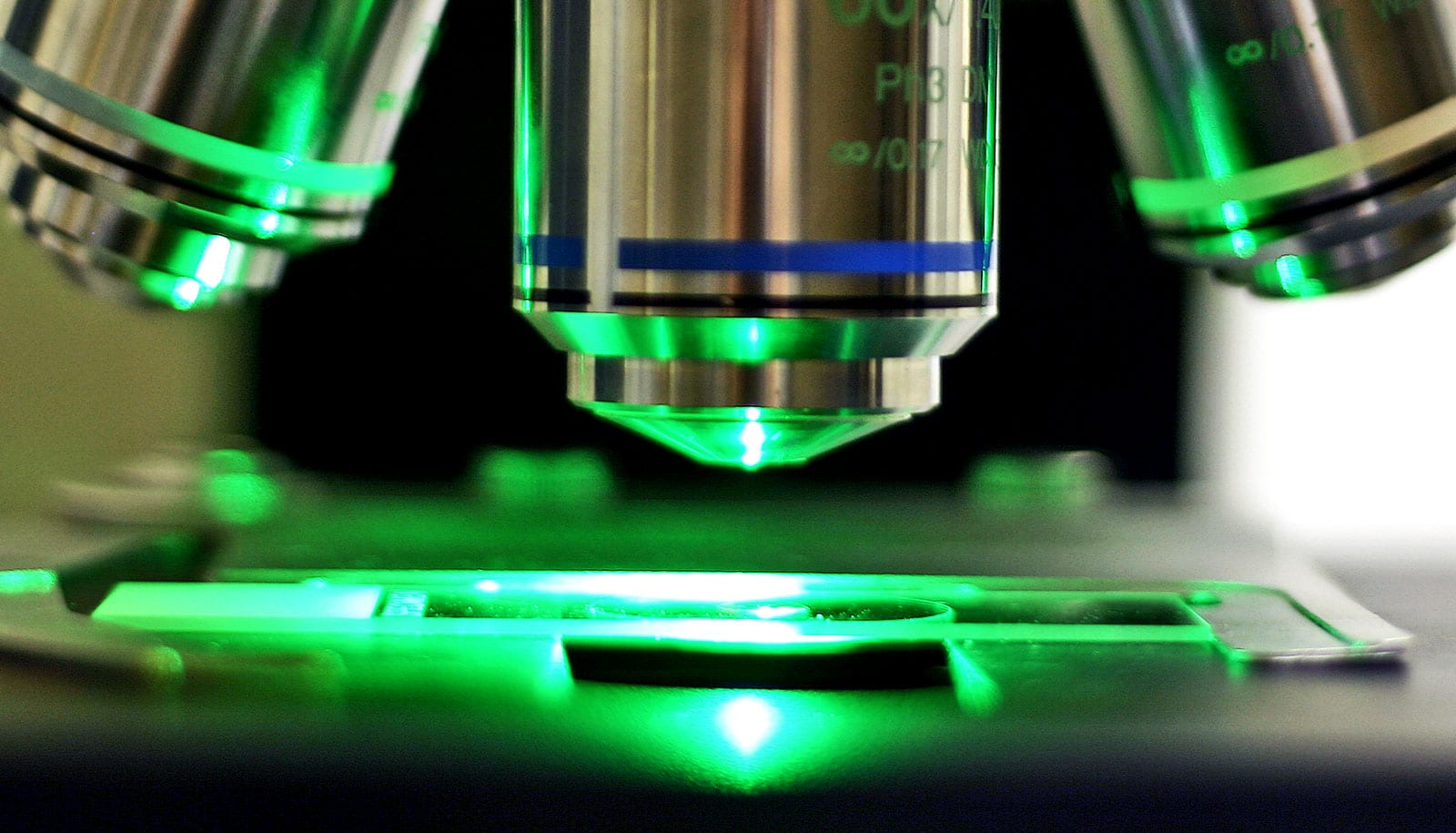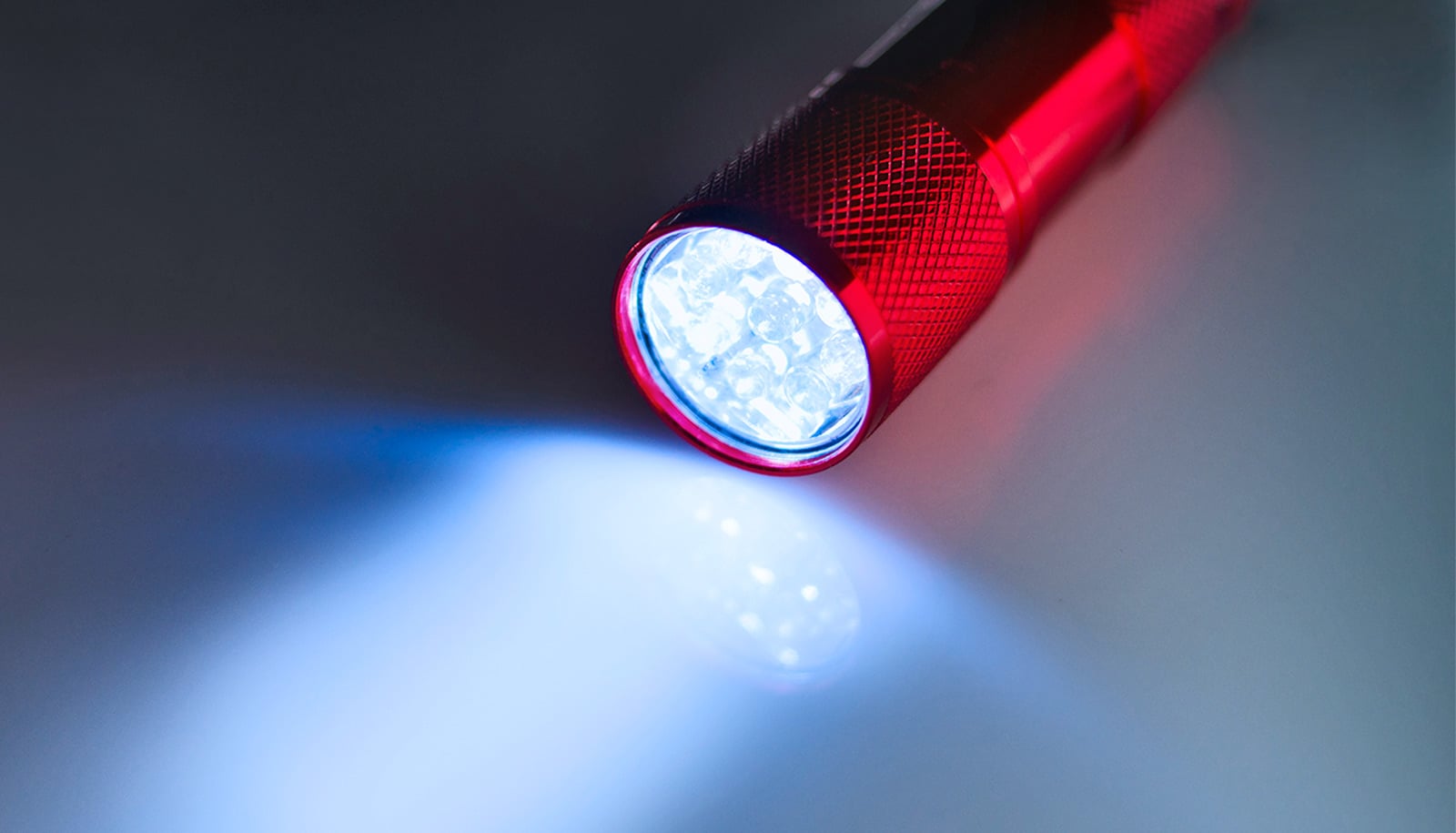A new kind of microscope slide lets scientists see tiny objects while also measuring their temperature.
The new transparent coating at the forefront of optics theory has the potential to help streamline and enhance scientific research worldwide, from clandestine government biology labs to high school chemistry classes.
It may also have implications in other industries, such as computers and electronics, whose products require measurement and control of heat in highly confined spaces.
“We have instruments that magnify incredibly small objects. And we have tools that measure heat, like infrared thermometers. But we haven’t been able to combine them in a low-cost and reliable manner. This new coating takes a big step in that direction,” says the study’s co-lead author Ruogang Zhao, assistant professor in the University at Buffalo biomedical engineering department.
For decades, researchers have tried to combine thermal imaging and microscopy. Images that come from systems using thermocouples lack resolution and are often too coarse for modern science. Terahertz and infrared thermal mapping techniques interfere with the microscope’s lenses. Other techniques are expensive and time-consuming.
The new coating involves a layer of acrylic glass (the same material used in most eyeglasses) that’s sandwiched between two layers of transparent gold. The gold is transparent because it’s only 20 nanometers thick; a typical sheet of paper is 100,000 nanometers thick.
This lens-free microscope fits on a fingertip
Engineers fabricated the coating so that “exceptional points”—the sweet spots where unusual light behavior happens—can develop within the tri-layered structure. The coating, which significantly enhances the slide’s sensitivity to light detection, would go into slides during the manufacturing process. Either the slide or cover slip could receive the coating.
To make use of the new coating, a laser is needed. Zhao says a common helium-neon laser, which can be seamlessly integrated with most microscopes, will do the job.
Common slides, which are often bought in bulk, typically cost around 5 cents. The new coating would likely add a few pennies to the cost, Zhao says.
The researchers report their findings in the journal Nature Communications.
Zhao collaborated with researchers at the University of Pennsylvania. Funding from the National Science Foundation and the National Institutes of Health supported the work.
Source: University at Buffalo



